Top 17 Caribbean Locations Where Caution Is Advised For Tourists
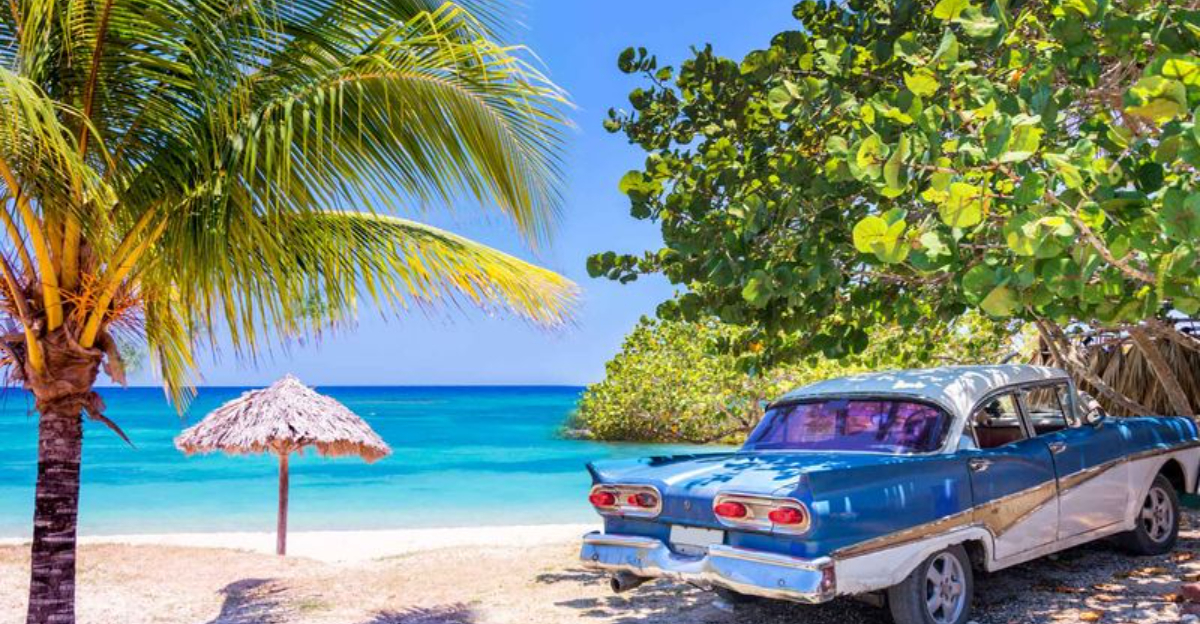
The Caribbean might look like paradise—and in many ways, it is—but even paradise has its risks. While sun-soaked beaches and turquoise waters lure travelers from around the globe, not every destination is equally carefree once you arrive.
Some spots have higher crime rates, others deal with frequent hurricanes or political unrest. That doesn’t mean you should avoid them altogether—but it does mean you should know what you’re walking into. I’ve learned the hard way that doing a little homework can be the difference between a dreamy getaway and a stressful misstep.
So, which areas should you approach with a bit more caution? And how can you stay safe while still soaking up the island vibes? Let’s dive into the destinations that deserve a second look—and share some smart travel tips to keep your Caribbean escape both fun and worry-free.
1. Laventille, Trinidad

Gang activity makes this Port of Spain neighborhood particularly dangerous. Local residents themselves avoid certain areas after dark, and police regularly issue warnings to tourists who might accidentally wander into this district.
Violent crime rates here rank among the highest in the Caribbean, with robberies and assaults occurring frequently. Tourists stand out as obvious targets due to their unfamiliarity with the area.
If your travel plans include Trinidad, stick to recommended tourist areas and arrange transportation through your hotel. The beautiful island offers plenty of safe alternatives where you can experience authentic Trinidadian culture without unnecessary risk.
2. Certain Parts of Kingston, Jamaica
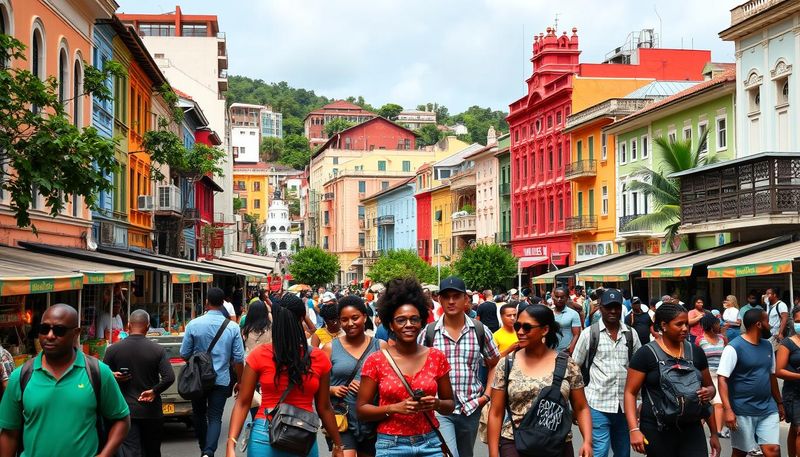
Kingston’s reputation precedes it, especially neighborhoods like Tivoli Gardens, Trench Town, and Arnett Gardens. These areas experience significant gang-related violence that occasionally affects innocent bystanders.
Did you know? Kingston has one of the highest murder rates in the world, yet many tourists visit Jamaica yearly without incident by avoiding high-risk areas. The Jamaican government has established special tourist police units in popular destinations.
When visiting Jamaica, consider staying in tourism-focused areas like Montego Bay or Negril instead. If Kingston is on your itinerary, stick to daytime visits of cultural sites with local guides who understand current safety conditions.
3. Petionville and Port-au-Prince, Haiti
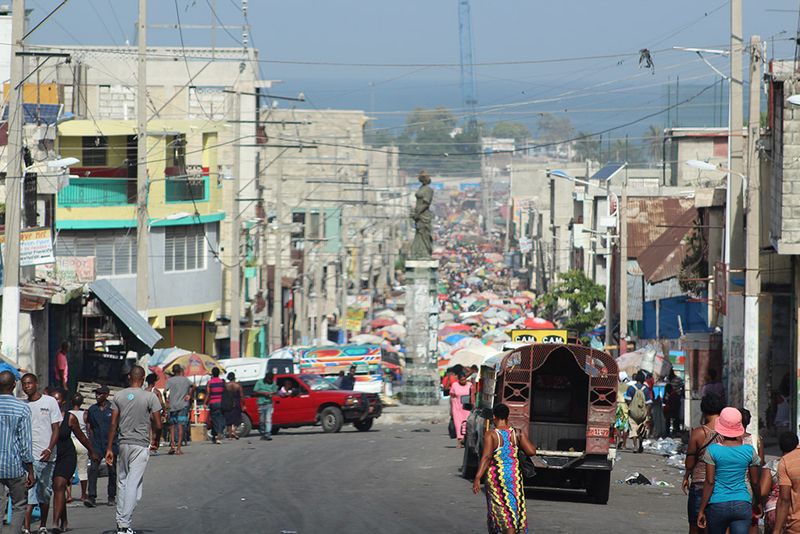
Haiti’s ongoing political instability creates unpredictable security situations throughout the country. Kidnappings targeting foreigners have increased dramatically in recent years, particularly in the capital region.
Armed robberies frequently occur even in formerly safer areas like Petionville. The U.S. State Department currently maintains a “Do Not Travel” advisory for the entire country due to these serious security concerns.
If you must visit Haiti, connect with reputable local organizations, register with your embassy, and arrange secure transportation and accommodations before arrival. Many aid workers and necessary travelers visit safely by taking extensive precautions and avoiding unnecessary movements, especially after dark.
4. La Perla, San Juan, Puerto Rico

Made famous by the “Despacito” music video, this colorful shantytown between Old San Juan’s northern walls and the Atlantic Ocean has a complicated reputation. While community efforts have improved conditions, La Perla remains a center for drug activity with sporadic violent crime.
Tourists wandering in without local knowledge risk robbery or worse, especially after dark. Local police strongly discourage visitors from entering the neighborhood despite its photogenic appearance from viewpoints above.
Instead, enjoy Old San Juan’s many legitimate attractions – historic forts, beautiful colonial architecture, and excellent restaurants – all within the safe, tourist-friendly district just steps away. If you’re curious about La Perla, view it from the safety of the city walls.
5. Central Santo Domingo, Dominican Republic
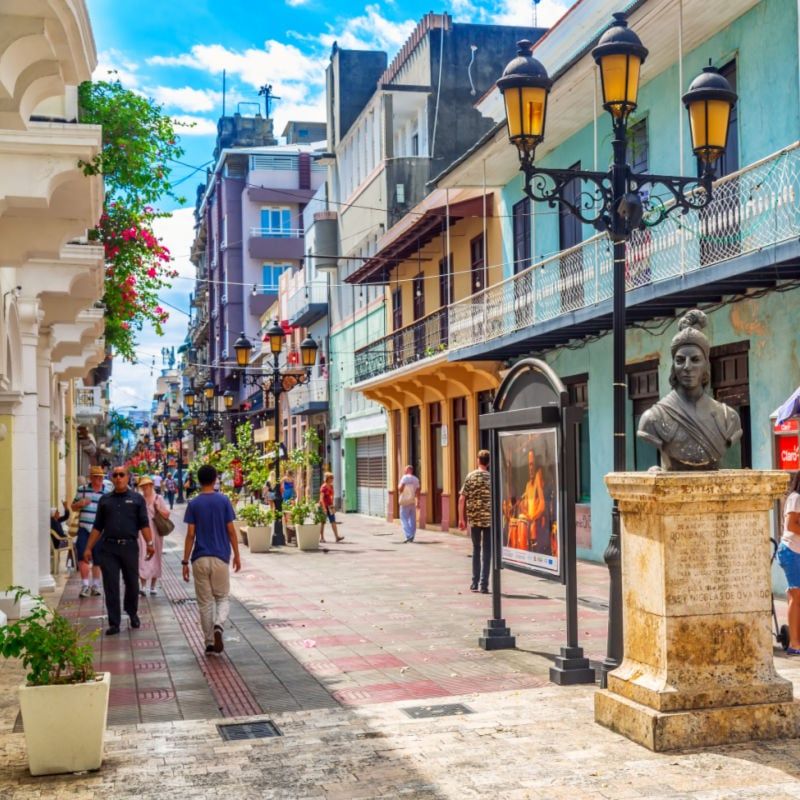
The Colonial Zone attracts tourists with its historic charm, but venturing just a few blocks beyond this protected area can quickly become hazardous. Streets northwest of the tourist district experience high rates of muggings and armed robberies targeting visitors.
Motorcycle-riding thieves frequently snatch bags, phones, and cameras from unsuspecting tourists. After dark, risks increase substantially even in areas that seem relatively safe during daylight hours.
When exploring Santo Domingo, arrange transportation through your hotel rather than walking between destinations, especially at night. Consider guided tours that provide both cultural insights and security. The Colonial Zone itself maintains good police presence and remains generally safe when reasonable precautions are taken.
6. South Coast of Montego Bay, Jamaica

Areas like Flankers, Canterbury, and Rose Heights lie just minutes from all-inclusive resorts but experience regular gang violence. These neighborhoods, while invisible to most tourists, struggle with poverty and crime that occasionally spills into tourist areas.
The Jamaican government periodically declares States of Emergency in Montego Bay to address security concerns. Armed security personnel are common sights around resort perimeters, highlighting the stark contrast between tourist enclaves and surrounding communities.
Most visitors enjoy Montego Bay without incident by staying within resort compounds or visiting attractions with organized tours. When exploring independently, research your destinations carefully and avoid venturing into residential areas, particularly after sunset.
7. Caracas Beaches, Venezuela
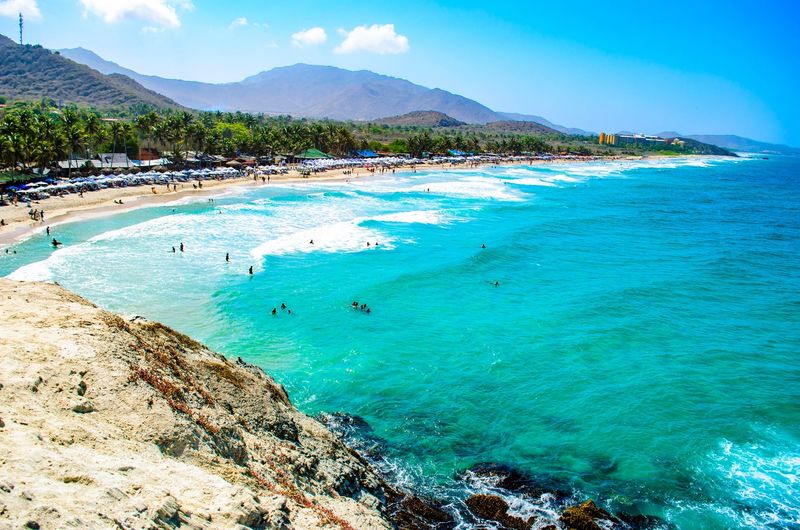
Venezuela’s economic crisis has dramatically impacted safety throughout the country, including once-popular beach areas near the capital. Beaches like Catia La Mar and La Guaira have experienced increasing incidents of armed robbery and express kidnappings targeting both locals and the few remaining tourists.
The proximity to Simón Bolívar International Airport makes these areas particularly problematic, as criminals know visitors may be carrying valuables, travel documents, and cash. Many travelers report being targeted immediately after arrival.
Most international governments advise against all non-essential travel to Venezuela. If you must visit, arrange secure transport directly from the airport to vetted accommodations, and consider safer Caribbean destinations like Aruba or Curaçao instead for beach vacations.
8. Downtown Nassau After Dark, Bahamas
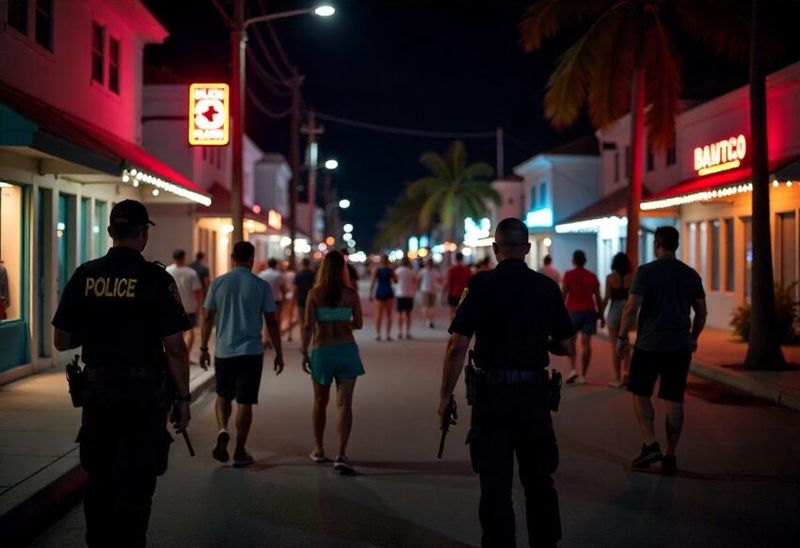
While Nassau’s cruise port and resort areas remain relatively safe, venturing into downtown areas after sunset significantly increases risk. Over-the-Hill neighborhoods like Bain Town and Grant’s Town experience poverty-related crime that sometimes affects tourists who wander away from recommended areas.
Armed robberies targeting visitors have occurred even on main streets like Bay Street after businesses close. The contrast between daytime shopping districts and nighttime ghost towns can be jarring and potentially dangerous.
During daytime, Nassau offers wonderful cultural experiences, but after dark, stick to your resort area or organized evening activities. If dining downtown, arrange return transportation in advance rather than walking back to your accommodations, and avoid wearing expensive jewelry or carrying obvious valuables.
9. Certain Beaches in San Juan, Puerto Rico

La Playita and Escambrón Beach have witnessed increasing crime incidents, particularly theft of unattended belongings. These otherwise beautiful beaches lack consistent security presence, making them targets for opportunistic criminals.
Tourists often leave valuables unattended while swimming, creating perfect theft opportunities. Nighttime visits to these beaches are especially risky, with reports of armed robberies increasing in recent years.
When enjoying Puerto Rico’s beaches, consider visiting Isla Verde or Condado where hotel security and police presence provide better protection. Never leave belongings unattended, even momentarily, and visit beaches during daylight hours when more people are around. Better yet, use hotel beach facilities where additional security measures are typically in place.
10. French Quarter, St. Martin
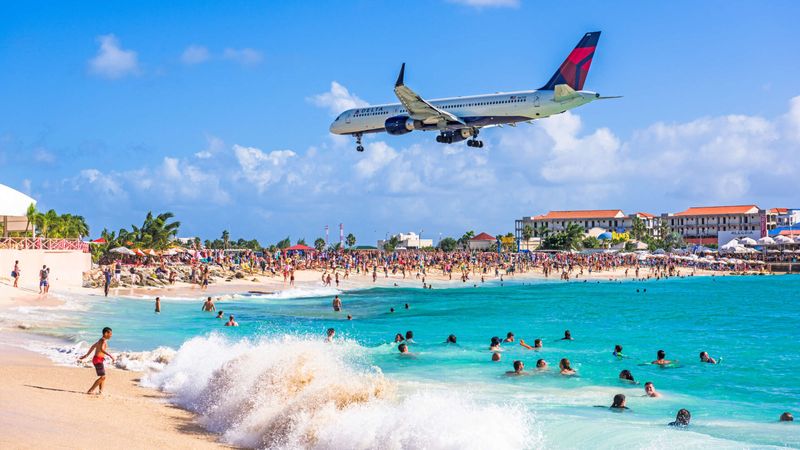
Though generally safer than many Caribbean locations, St. Martin’s French side has experienced increasing property crime targeting tourists. Rental cars are frequently broken into, especially those obviously belonging to visitors with luggage visible inside.
Armed home invasions at vacation rentals have occurred, particularly in isolated areas. The less developed infrastructure on the French side means emergency response can be slower than on the Dutch side.
When visiting St. Martin, consider accommodations on the Dutch side (Sint Maarten) where security infrastructure is more robust. If staying on the French side, choose properties with security systems and avoid displaying wealth. Never leave valuables in vehicles, and ensure vacation rentals have proper security measures before booking.
11. East Port of Spain, Trinidad
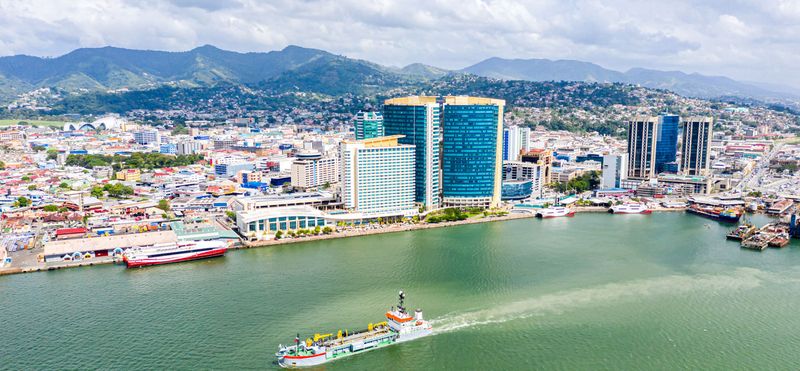
Areas like Beetham Gardens and Sea Lots experience gang violence that occasionally affects passing vehicles on the highway connecting downtown to the airport. These communities struggle with poverty and organized crime that create unpredictable security situations.
Tourists have reported vehicles being stopped and robbed when accidentally entering these neighborhoods. Even driving through can be risky during certain hours or if unrest is occurring.
When traveling between Port of Spain and Piarco International Airport, use only registered taxis or hotel transportation services that know which routes to avoid. If self-driving, use navigation apps but be prepared to reroute if you notice unusual activity ahead. Trinidad offers beautiful experiences, but local knowledge is essential for safe navigation.
12. Mosquito-Infested Areas Throughout the Caribbean

Beyond crime concerns, health risks from mosquito-borne illnesses present serious dangers in many Caribbean locations. Dengue fever, Zika virus, chikungunya, and malaria affect thousands annually, with outbreaks occurring unpredictably across the region.
Rural areas with standing water near tourist accommodations pose particular risks. These diseases can cause severe illness requiring hospitalization and potentially long-term health effects, especially for pregnant women exposed to Zika.
Before traveling, check current disease outbreak information through the CDC or WHO. Pack EPA-registered insect repellent containing DEET or picaridin, and apply it consistently. Choose accommodations with air conditioning or good quality screens, and wear long sleeves and pants during peak mosquito activity times – early morning and evening hours.
13. Hurricane-Vulnerable Locations During Storm Season
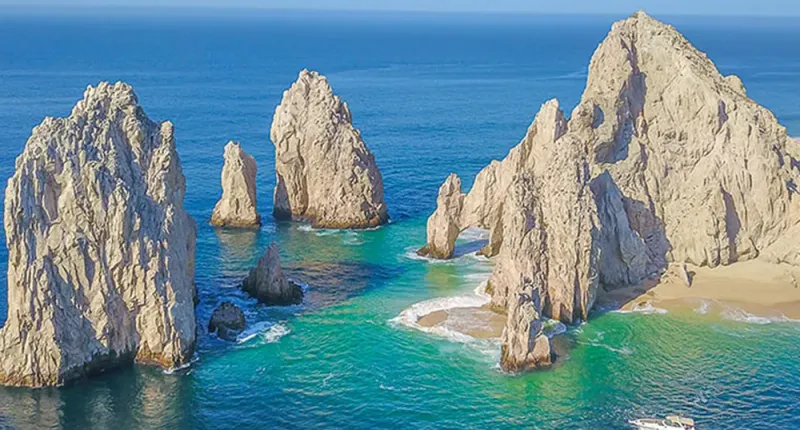
The Atlantic hurricane season officially runs June through November, with peak activity typically occurring August through October. Islands in the hurricane belt face significant risks during these months, with potential for catastrophic damage and extended recovery periods.
Puerto Rico, the Virgin Islands, and the northern Lesser Antilles experience frequent hurricane impacts. These natural disasters can leave tourists stranded without power, water, or transportation for days or weeks.
If traveling during hurricane season, consider southerly destinations like Aruba, Bonaire, and Curaçao, which rarely experience direct hurricane hits. Purchase comprehensive travel insurance that covers weather disruptions, and monitor forecasts closely before and during your trip. Have evacuation plans ready and maintain a supply of emergency essentials.
14. Remote Beaches in the Dominican Republic
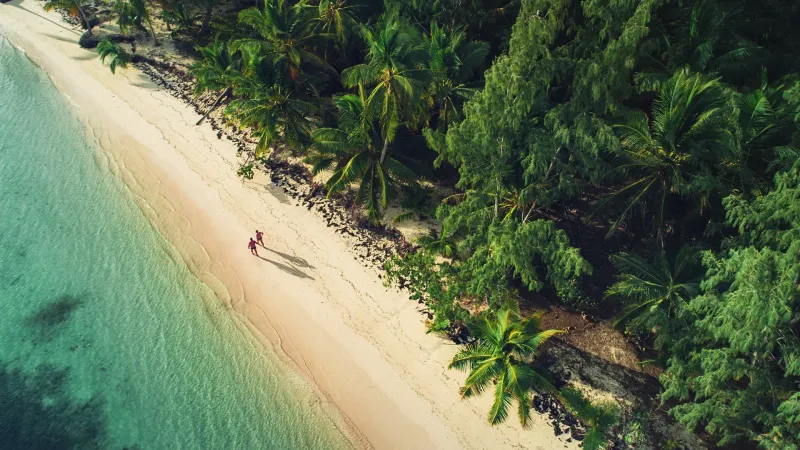
Isolated beaches away from resort areas present both natural and crime-related hazards. Beaches like Playa Encuentro and remote sections of Punta Cana coastline lack lifeguards despite dangerous rip currents and unexpected wave patterns that cause drownings annually.
These secluded areas also attract criminals targeting tourists with valuables. Robberies occur even during daylight hours when few witnesses are present. Medical assistance can be hours away if emergencies occur.
When beach-hopping in the Dominican Republic, visit with groups or guides familiar with local conditions. Choose beaches with visible security presence and other visitors nearby. For swimming, stick to designated areas with lifeguards, particularly if you’re unfamiliar with ocean conditions. Tell someone reliable about your plans before heading to remote locations.
15. Shark Attack Hotspots in the Bahamas
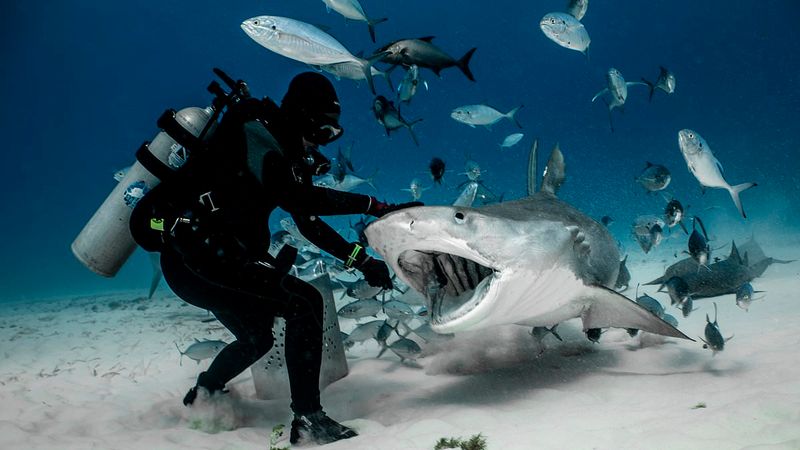
The Bahamas has recorded the highest number of unprovoked shark attacks in the Caribbean, particularly around New Providence Island and the Abaco Islands. Waters near popular diving and fishing sites attract bull sharks and tiger sharks, species associated with attacks on humans.
Shark feeding dives, though popular tourist activities, alter natural shark behavior and may increase risk in surrounding areas. Several serious attacks have occurred near these operations in recent years.
When enjoying Bahamian waters, avoid swimming at dawn or dusk when sharks feed more actively. Stay away from areas where fishing occurs or where people clean fish. Choose reputable dive operators who prioritize safety over sensation, and always heed local warnings about shark activity. Remember that while attacks are rare, risk awareness is essential.
16. Downtown Bridgetown, Barbados After Hours
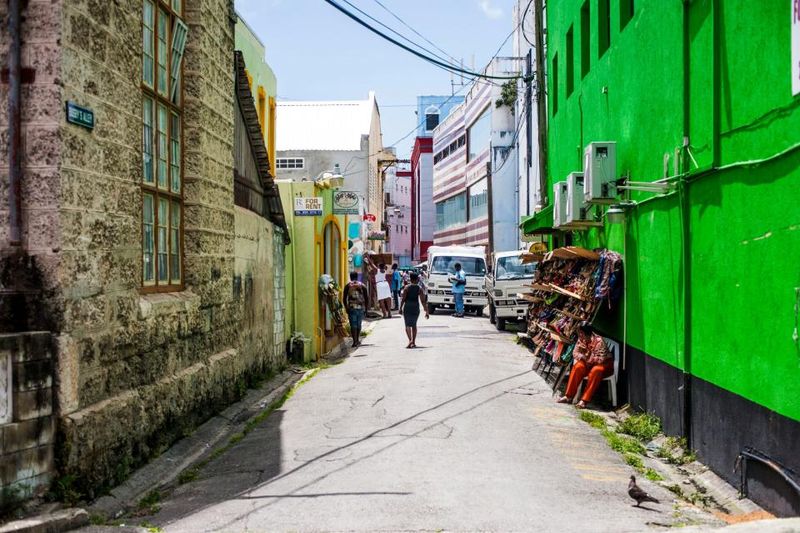
Though Barbados ranks among the safer Caribbean destinations, certain areas of Bridgetown become problematic after businesses close. Streets around the bus terminal and parts of Nelson Street have experienced increasing robbery incidents targeting late-night tourists.
Criminals specifically target visitors walking back to cruise ships or hotels after evening entertainment. The contrast between the vibrant daytime shopping district and the deserted nighttime streets creates opportunity for crime.
Enjoy Bridgetown’s excellent restaurants and nightlife, but arrange transportation back to your accommodations rather than walking, especially after 10pm. Consider group tours for evening activities, and be particularly cautious if visiting during major festivals when pickpocketing increases. During daytime, Bridgetown remains one of the Caribbean’s most pleasant and safe capital cities to explore.
17. Abandoned Resorts in Cuba
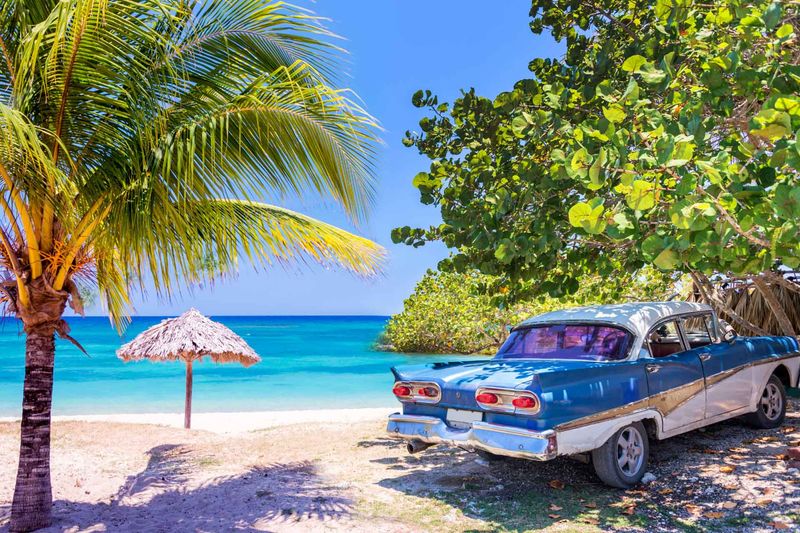
Cuba’s economic challenges have left numerous once-thriving resorts in states of abandonment, particularly around Varadero and Holguin. These decaying properties attract criminal elements and pose physical dangers from deteriorating structures.
Tourists exploring these photogenic ruins face risks from collapsing buildings and potentially hostile encounters. Security presence around these properties is minimal or nonexistent, despite their proximity to active tourist areas.
If photography or urban exploration interests you, stick to officially sanctioned historical sites in Cuba rather than abandoned properties. Many fascinating locations exist where guided tours provide both safety and historical context. When visiting Cuba, research accommodations thoroughly, as some operating hotels suffer from similar maintenance issues that can pose safety hazards.
